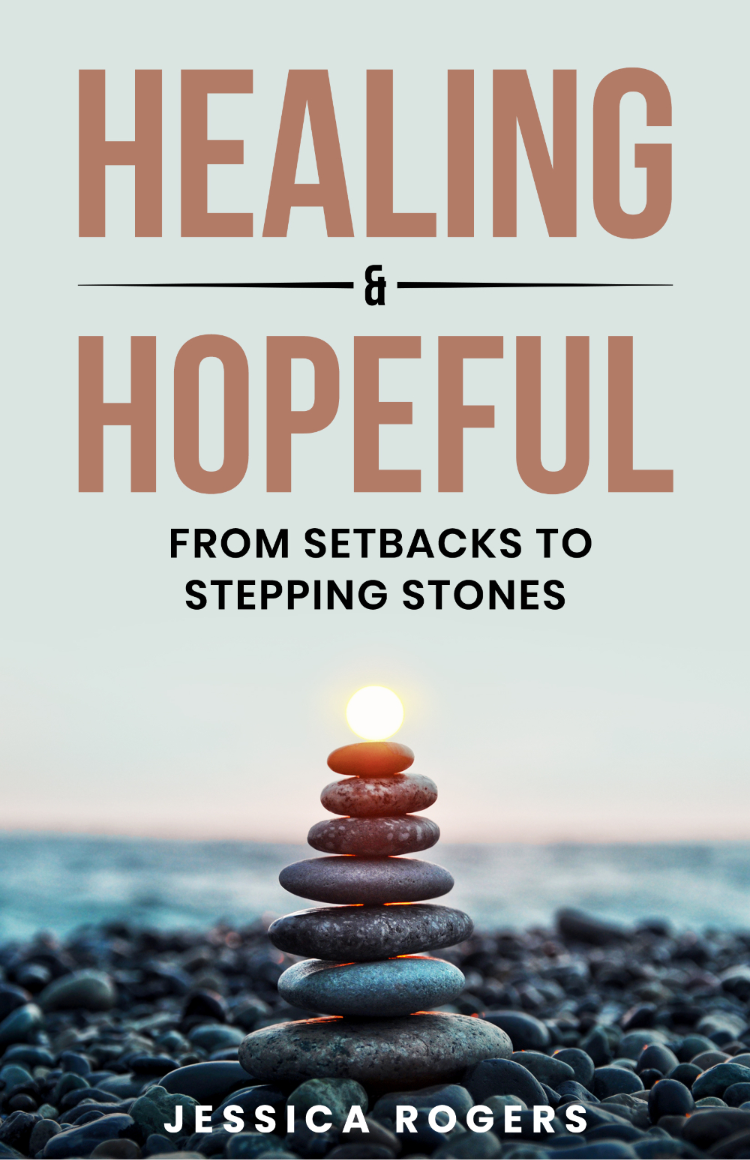Slow-motion multi-tasking to boost creativity
- Jess

- Mar 28, 2019
- 3 min read

Multi-tasking can get a bad rep - the saying 'running around like a headless chicken' springs to mind, as well as the common complaint I get from clients that they never finish one task fully, or with any level of depth, rather they flit between projects, 'fire fighting' and never really feeling like they've truly accomplished a task. Sound familiar?
Well, whilst I've always been in the camp of 'focussing on the task in hand' and encouraging women to work systematically through a clear, prioritised to-do list to help them feel accomplished and focussed - a recent TED Talk from author, Tim Harford has made think about 'multi-tasking' from a different angle.

He's not advocating the 'emailing while eating dinner', or 'having 10 tabs open on your desktop' conventional type of multi-tasking that we tend to think of. Coined as 'slow-motion multi-tasking', he argues that by having multiple work and personal projects on the go at once, they 'cross-pollinate' and help elevate our overall creativity.
So how does it differ? Well, the main point of difference is that it's a conscious choice. Compared to conventional multi-tasking that we tend to resort to out of desperation, slow-motion multi-tasking is an active approach to managing your workload - moving between projects as your inspiration and creativity arise. Do you ever find yourself trying to 'force' creativity, or you hit a brickwall with a certain task and can only think of the wrong answer? Slow-motion multitasking is just giving yourself the permission to work on something else until the right answer comes to you. It immediately takes the pressure off; if you have more than one project or interest taking up your time, when you have a lull in productivity on one, you have plenty more projects to work on until that spark comes back, rather than panicking that you need to 'keep at it'. How often has a brilliant idea come to you whilst you're unstacking the dishwasher, or driving on a long journey?
Tim Harford argues we need to 'give our brains time and space to forget the wrong answer, to allow the right answer space to grow'.
Studies into the world's most successful, Nobel-Prize winning scientists show that the biggest breakthroughs have often been made when they were working on something completely different. Next time you're sat at your desk and the solution to your problem is evading you, try taking a break, reading a book or going for a walk and seeing if the block shifts.
His second argument for the benefit of slow-motion multitasking is that everything is connected - what we learn from one project can inspire or teach us skills that we use across other projects. Creativity fertilises creativity. Seemingly unconnected skills, hobbies or work projects can all influence each other positively. I like the analogy of thinking about it in terms of 'cross-training for the mind'. Do you ever feel like the more you have to get done, the more you actually get done? If you take a look at the 'daily routines of successful people' more often than not you come away with a feeling of 'how do they fit it all in?!' - the busiest, most successful people are also the ones who invest in hobbies, personal interests and tend to engage in life-long learning (reading, going to talks, exhibitions etc). This isn't an accident - stimulating our creativity and imagination with a rich diversity of sources is bound to keep our 'ideas bank' topped up.
Let me know what you think of this approach in the comments below.





Comments